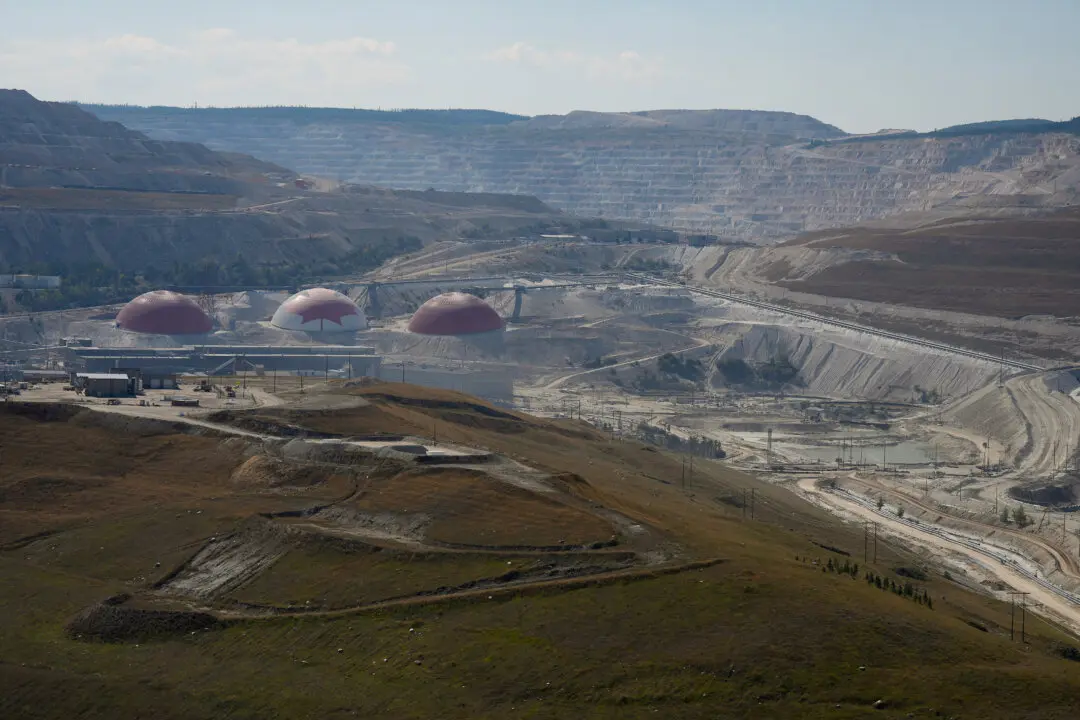The days-long heatwave hitting much of Ontario this week is the beginning of a very hot and humid summer, weather experts say.
Environment Canada and the Weather Network are predicting warmer than normal temperatures this summer for the entire province as well as for the central Prairies, Quebec, and Atlantic Canada.





